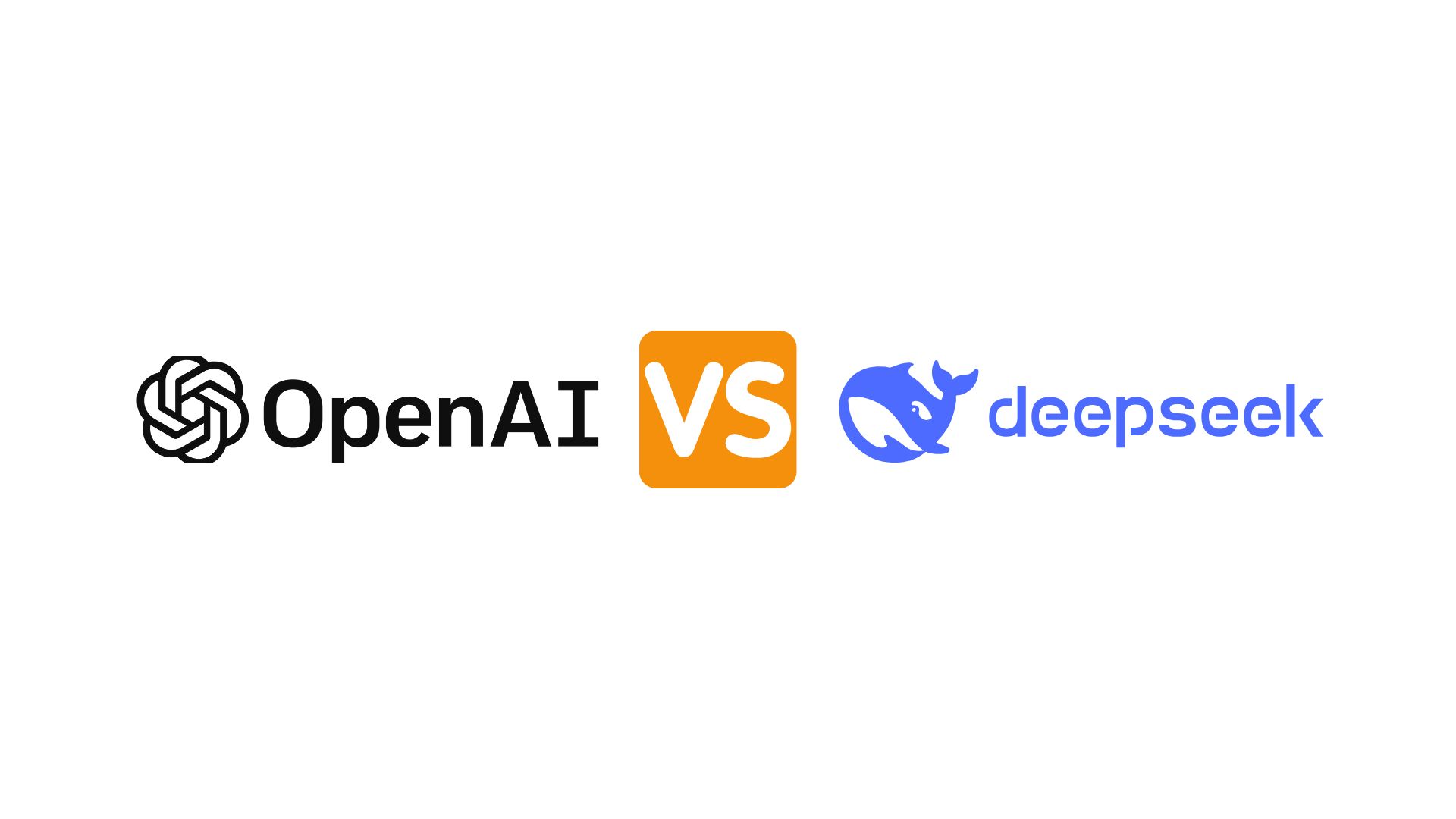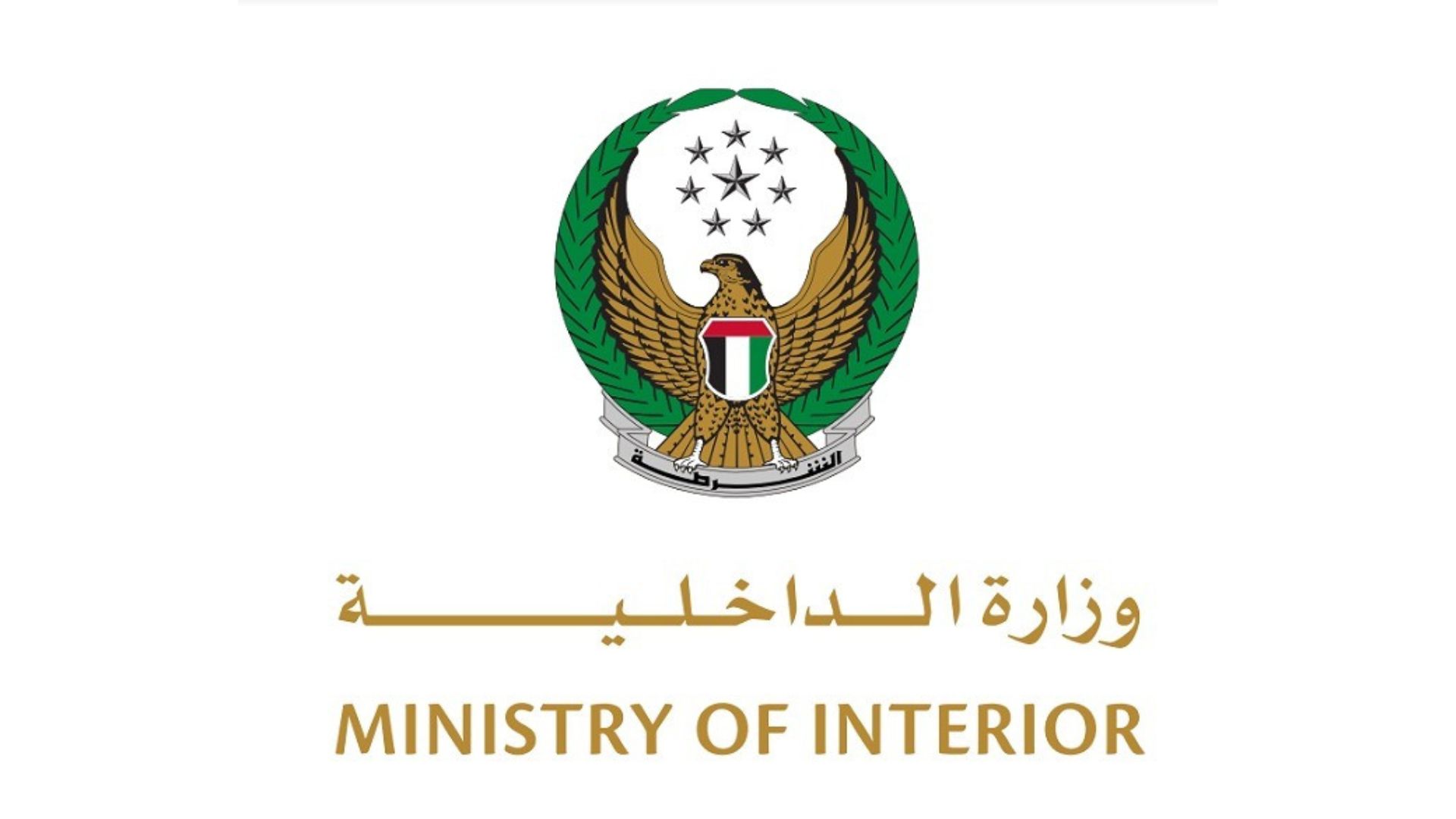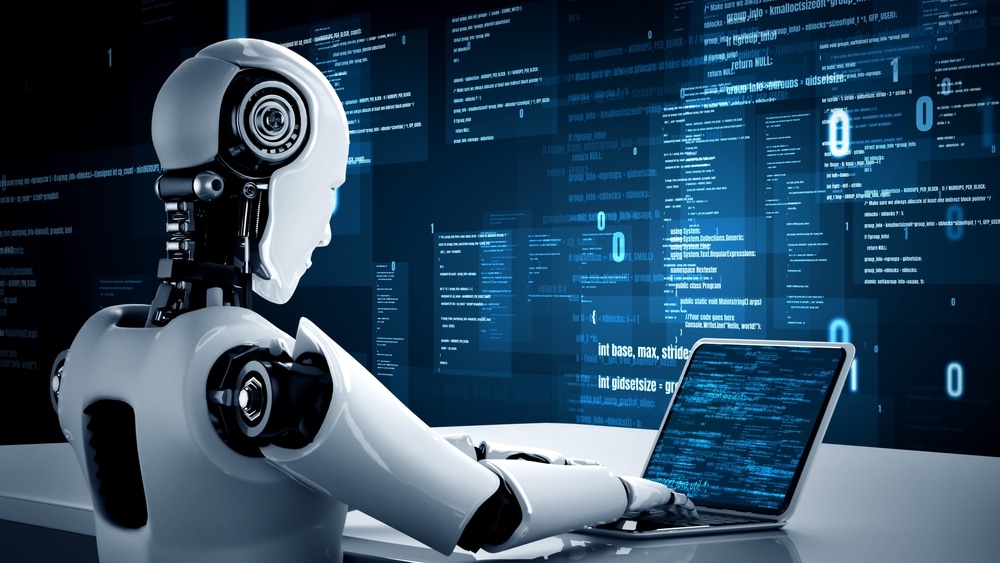China is preparing to take a major step in the digital currency race by considering yuan-backed stablecoins, marking a sharp reversal from its earlier tough stance on cryptocurrencies. According to sources, Beijing’s cabinet will soon review a national strategy, with Hong Kong and Shanghai expected to spearhead the rollout thanks to Hong Kong’s recently passed Stablecoins Bill.
The move comes as Japan accelerates its own efforts. JPYC Inc., a Japanese fintech firm, has received regulatory approval to issue a yen-backed stablecoin, also called JPYC. The company plans to sell up to 1 trillion yen ($68 billion) worth of the tokens within three years, each pegged 1:1 to the yen and backed by liquid assets such as government bonds.
These parallel developments in East Asia could challenge the dominance of dollar-backed stablecoins, which currently make up nearly the entire global market. Analysts say the introduction of major Asian currencies into the mix could reshape digital finance and add momentum to regulatory frameworks emerging worldwide.
Stablecoins are increasingly seen as a bridge between traditional finance and digital assets, offering stability that other cryptocurrencies lack. Despite regulatory hurdles and slow adoption, the market is expected to surge to $4 trillion by 2030, signalling how pivotal the latest steps from China and Japan could be for the global financial system.
Would you like to learn more about AI, tech and digital diplomacy? If so, ask our Diplo chatbot!




























